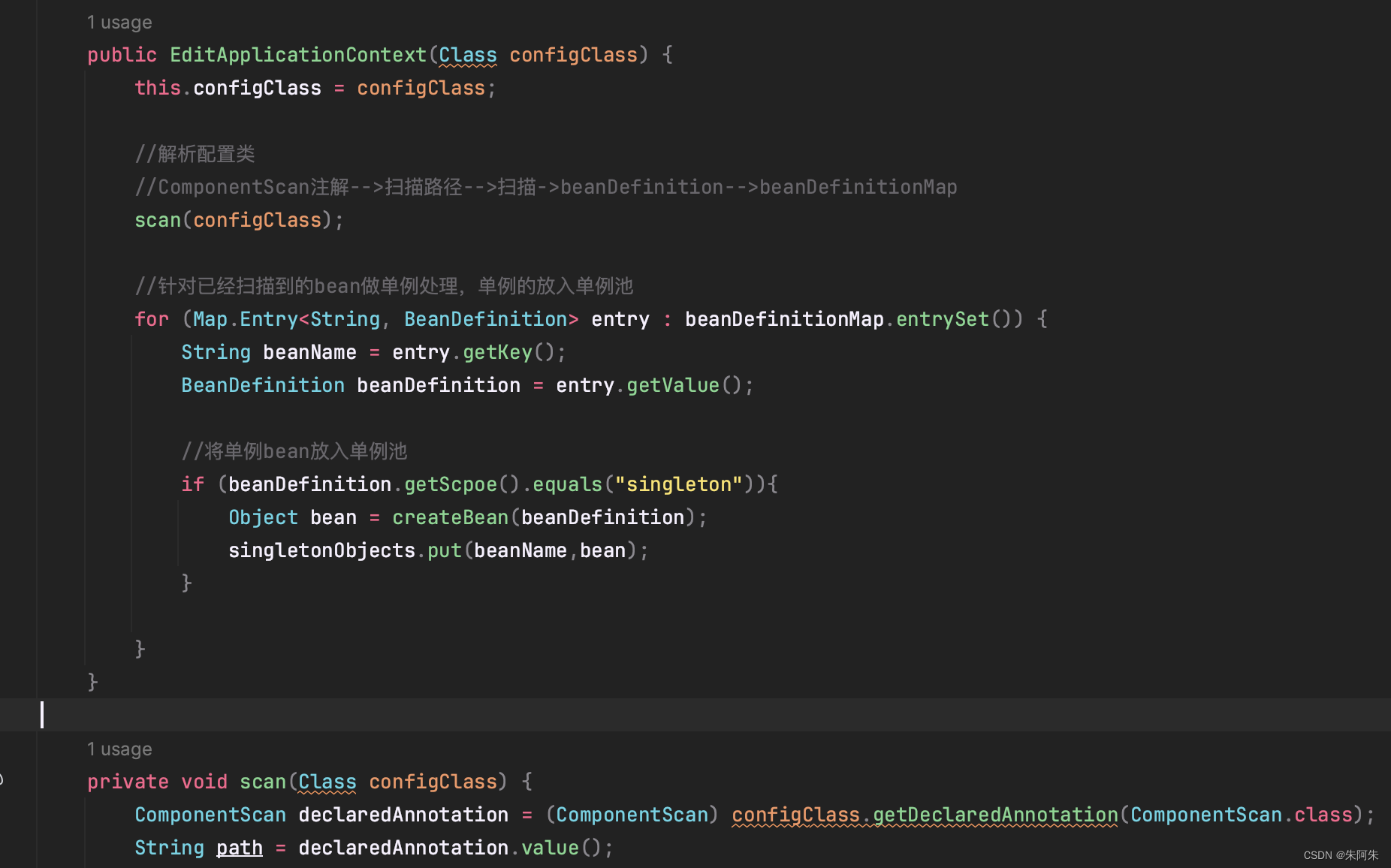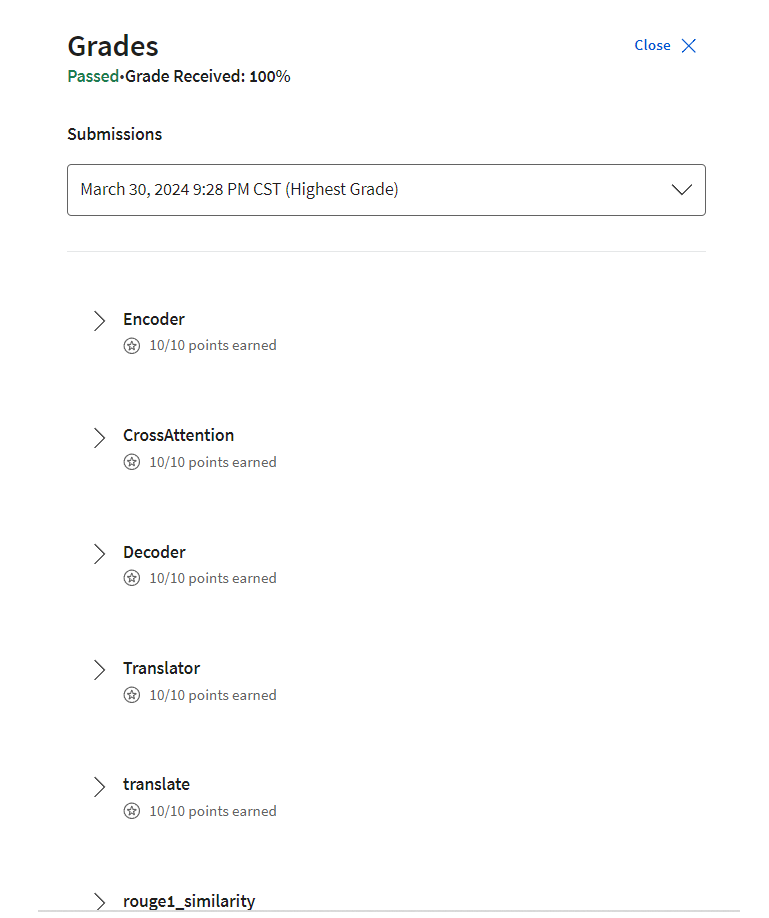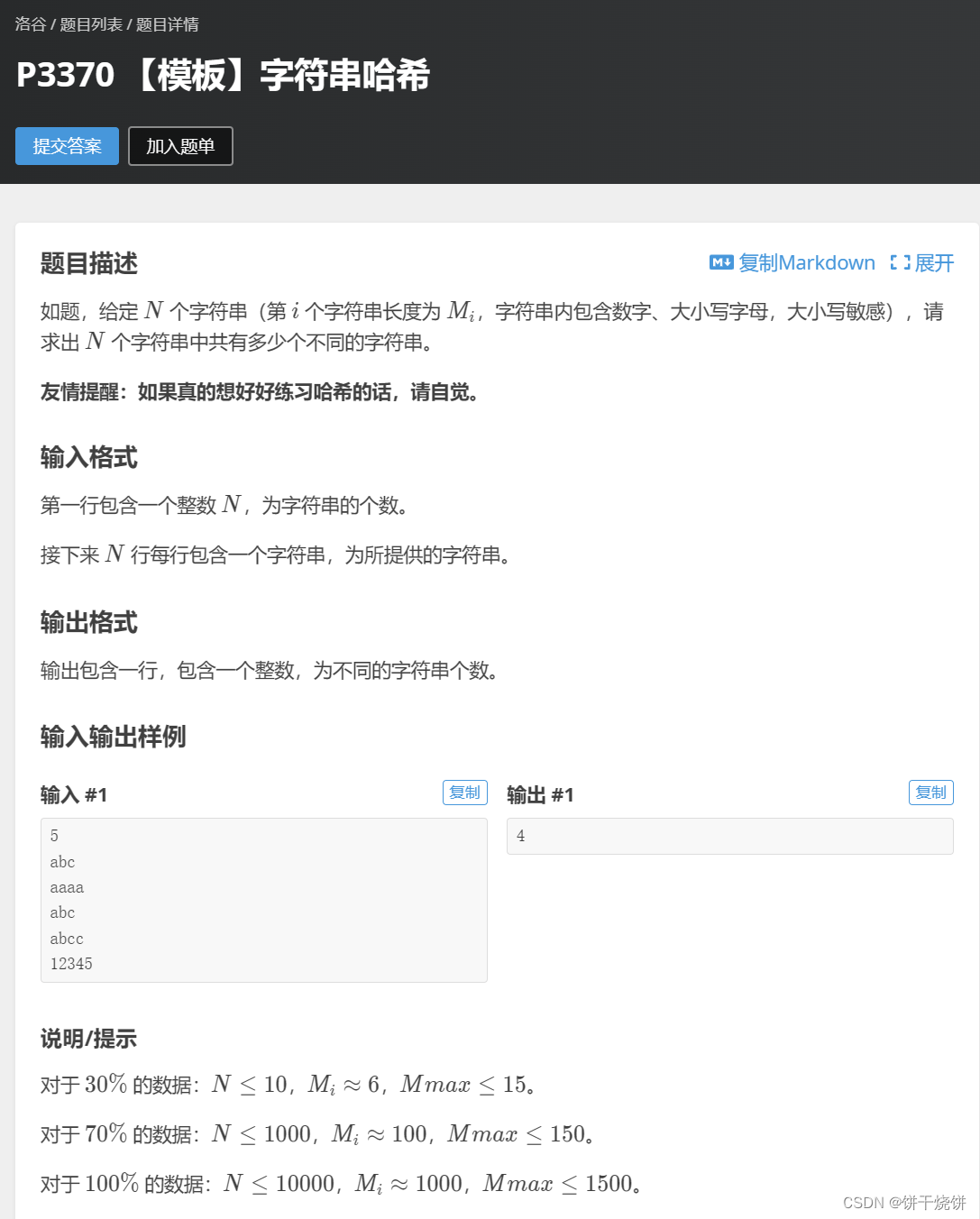手写Spring框架
- 准备工作
- Spring启动和扫描逻辑实现
- 依赖注入的实现
- Aware回调模拟实现和初始化机制模拟实现
- BeanPostProcessor (Bean的后置处理器) 模拟实现
- Spring AOP 模拟实现
准备工作
- 准备一个空的工程
- 创建
spring的容器类,它是Spring IOC理念的实现,负责对象的实例化、对象和对象之间依赖关系配置、对象的销毁、对外提供对象的查找等操作,对象的整个生命周期都是由容器来控制。传统使用方法是传入一个spring的配置文件或配置类根据用户的配置来创建这个容器。
package com.spring;
public class EditApplicationContext {
//传入配置类
private Class configClass;
public EditApplicationContext(Class configClass) {
this.configClass = configClass;
}
//定义根据别名获取类的方法
public Object getBean(String name){
return null;
}
}
- 定义一个配置类,相当于配置文件
package com.zedit;
import com.spring.ComponentScan;
//指定包扫描路径
@ComponentScan("com.zedit.service")
public class AppConfig {
}
- 如何定义包扫描路径,编写一个注解类
@Retention(RetentionPolicy.RUNTIME)
//规定只能写在类上
@Target(ElementType.TYPE)
public @interface ComponentScan {
//接收属性值,指定扫描路径
String value() default "";
}
- 定义一个Component注解,它的作用就是将类交给spring容器,实现bean的注入
@Retention(RetentionPolicy.RUNTIME)
//规定只能写在类上
@Target(ElementType.TYPE)
public @interface Component {
//提供默认值
String value() default "";
}
Spring启动和扫描逻辑实现
- 传入配置类对于spring而言 它只需要判断配置类有没有它提供的注解,获取扫描路径值,根据路径值
- 通过类加载器加载目录下的类,首先获取所有文件,然后获取全限定类名
public EditApplicationContext(Class configClass) {
this.configClass = configClass;
//解析配置类
//Component注解->扫描路径->扫描
ComponentScan declaredAnnotation = (ComponentScan)configClass.getDeclaredAnnotation(ComponentScan.class);
String path = declaredAnnotation.value();
// 全限定类名加工成能用的路径名 "com/xuhua/service"
path = path.replace(".", "/");
ClassLoader classLoader = EditApplicationContext.class.getClassLoader();
//根据AppClassLoader加载器目录获取 classPath目录下中的‘path’目录下的资源
URL resource = classLoader.getResource(path);
//判断是否是文件夹而不是单个文件
if (file.isDirectory()) {
File[] files = file.listFiles();
for (File f : files) {
String fileName = f.getAbsolutePath();
// /Users/zhuxuhua/Desktop/project/spring-edit/target/classes/com/zedit/service/XxxUtils.class
// 转换成 com.zedit.service.XxxUtils
if (fileName.endsWith(".class")) {
String className = fileName.substring(fileName.indexOf("com"), fileName.indexOf(".class"));
className = className.replace("/", ".");
try {
//根据全限定类名加载类
Class<?> clazz = classLoader.loadClass(className);
//判断扫描到的类是不是一个bean注解
if (clazz.isAnnotationPresent(Component.class)){
}
} catch (ClassNotFoundException e) {
throw new RuntimeException(e);
}
}
}
}
}
- 根据
@Scope注解判断bean是单例还是原型
@Retention(RetentionPolicy.RUNTIME)
@Target(ElementType.TYPE)
public @interface Scope {
String value();
}
- 定义单例池

- 由于在使用bean和初始化bean时都要去解析bean的定义与他的注解,如果不做设计每次的解析就会显得冗余繁琐,所以spring在Context扫描阶段定义了一个BeanDefinition定义类,它记录了bean的各种信息,先将扫描到的bean填入BeanDefinitionMap随后处理单例对象
//存储单例对象的单例池
private ConcurrentHashMap<String,Object> singletonObjects = new ConcurrentHashMap<>();
//存储所有bean的定义
private ConcurrentHashMap<String,BeanDefinition> beanDefinitionMap = new ConcurrentHashMap<>();
-------
try {
Class<?> clazz = classLoader.loadClass(className);
if (clazz.isAnnotationPresent(Component.class)) {
//表示当前这个类有Component注解是一个bean对象
//解析类,判断scope注解是单例的bean还是 prototype的bean
//每扫描到一个bean就定义一个BeanDefinition对象
Component componentAnnotation = clazz.getDeclaredAnnotation(Component.class);
String beanName = componentAnnotation.value();
BeanDefinition beanDefinition = new BeanDefinition();
//spring bean默认为多例模式
beanDefinition.setScpoe("prototype");
if (clazz.isAnnotationPresent(Scope.class)){
Scope annotation = clazz.getAnnotation(Scope.class);
String value = annotation.value();
if (value.equals("singleton")){
beanDefinition.setScpoe("singleton");
}
}
beanDefinition.setClazz(clazz);
//扫描到的所有bean都存入这个map
beanDefinitionMap.put(beanName,beanDefinition);
}
} catch (ClassNotFoundException e) {
throw new RuntimeException(e);
}
- 扫描完后根据存储的beanDefinitionMap填入单例池

- 获取bean方法中判断是否是单例bean,如果是直接从单例池中取,如果不是则创建bean
public Object getBean(String beanName){
//获取bean 如果map中没有就抛出异常,说明她不是一个bean,没有被扫描到
if (beanDefinitionMap.containsKey(beanName)){
BeanDefinition beanDefinition = beanDefinitionMap.get(beanName);
//判断scope值,单例直接从单例池中取
if (beanDefinition.getScpoe().equals("singleton")){
return singletonObjects.get(beanName);
}else {
//原型bean每次从新创建
return createBean(beanDefinition);
}
}else {
throw new NullPointerException();
}
}
//用beanDefinition中的clazz信息通过反射创建bean
public Object createBean(BeanDefinition beanDefinition){
Class clazz = beanDefinition.getClazz();
try {
Object instance = clazz.getDeclaredConstructor().newInstance();
return instance;
} catch (InstantiationException e) {
throw new RuntimeException(e);
} catch (IllegalAccessException e) {
throw new RuntimeException(e);
} catch (InvocationTargetException e) {
throw new RuntimeException(e);
} catch (NoSuchMethodException e) {
throw new RuntimeException(e);
}
}
依赖注入的实现
首先注解,能标注在成员变量上
Retention(RetentionPolicy.RUNTIME)
@Target(ElementType.FIELD)
public @interface Autowired {
}
@Component("userService")
@Scope("singleton")
public class UserService {
@Autowired
private OrderService orderService;
public void test(){
System.out.println(orderService);
}
}
依赖注解的实现原理就是在启动扫描初始化阶段 spring创建bean时 给@Autowired的成员变量赋值
//用beanDefinition中的clazz信息通过反射创建bean
public Object createBean(BeanDefinition beanDefinition){
Class clazz = beanDefinition.getClazz();
try {
Object instance = clazz.getDeclaredConstructor().newInstance();
//依赖注入实现原理
for (Field declaredField : clazz.getDeclaredFields()) {
if (declaredField.isAnnotationPresent(Autowired.class)){
Object bean = getBean(declaredField.getName());
declaredField.setAccessible(true);
declaredField.set(instance,bean);
}
}
return instance;
} catch (InstantiationException e) {
throw new RuntimeException(e);
} catch (IllegalAccessException e) {
throw new RuntimeException(e);
} catch (InvocationTargetException e) {
throw new RuntimeException(e);
} catch (NoSuchMethodException e) {
throw new RuntimeException(e);
}
}

Aware回调模拟实现和初始化机制模拟实现
需要回调的实现接口方法,在初始化阶段bean的创建阶段将beanName通过反射设置值
//回调接口
public interface BeanNameAware {
void setBeanName(String name);
}
-------
public interface InitializingBean {
void afterPropertySet();
}
@Component("userService")
@Scope("singleton")
public class UserService implements BeanNameAware, InitializingBean {
@Autowired
private OrderService orderService;
private String beanName;
@Override
public void setBeanName(String name) {
beanName = name;
}
@Override
public void afterPropertySet() {
System.out.println("初始化");
}
//用beanDefinition中的clazz信息通过反射创建bean
public Object createBean(String beanName,BeanDefinition beanDefinition){
Class clazz = beanDefinition.getClazz();
try {
Object instance = clazz.getDeclaredConstructor().newInstance();
//依赖注入
for (Field declaredField : clazz.getDeclaredFields()) {
if (declaredField.isAnnotationPresent(Autowired.class)){
Object bean = getBean(declaredField.getName());
declaredField.setAccessible(true);
declaredField.set(instance,bean);
}
}
//aware 回调
if (instance instanceof BeanNameAware){
((BeanNameAware) instance).setBeanName(beanName);
}
//反射调用初始化bean的方法
if (instance instanceof InitializingBean){
((InitializingBean) instance).afterPropertySet();
}
return instance;
} catch (InstantiationException e) {
throw new RuntimeException(e);
} catch (IllegalAccessException e) {
throw new RuntimeException(e);
} catch (InvocationTargetException e) {
throw new RuntimeException(e);
} catch (NoSuchMethodException e) {
throw new RuntimeException(e);
}
}
BeanPostProcessor (Bean的后置处理器) 模拟实现
spring的扩展机制,在bean初始化前后调用
//定义接口 有初始化前后两种操作,也可以添加更多
public interface BeanPostProcessor {
Object postProcessorBeforeInitialization(Object bean,String beanName);
Object postProcessorAfterInitialization(Object bean,String beanName);
}
----------------
//自定义 BeanPostProcessor 实现BeanPostProcessor接口
@Component
public class ZhuZhuBanPostProcessor implements BeanPostProcessor {
@Override
public Object postProcessorBeforeInitialization(Object bean, String beanName) {
System.out.println("初始化前");
//定制操作
if (beanName.equals("userService")) {
System.out.println("userService 初始化前");
}
return null;
}
@Override
public Object postProcessorAfterInitialization(Object bean, String beanName) {
System.out.println("初始化后");
return null;
}
}
--------
//同其他bean一样在扫描时 加载 判断是否实现了BeanPostProcessor,如果实现了就放入 专门的List存储
//scan方法中 判断此类是否实现了BeanPostProcessor,并存入list
if (BeanPostProcessor.class.isAssignableFrom(clazz)) {
BeanPostProcessor beanPostProcessorInstance
= (BeanPostProcessor) clazz.getDeclaredConstructor().newInstance();
beanPostProcessorList.add(beanPostProcessorInstance);
}
---------
//createBean方法中
//createBean 时调 初始化前调用
for (BeanPostProcessor beanPostProcessor : beanPostProcessorList) {
//在调用初始化方法前 重新赋值对象
instance = beanPostProcessor.postProcessorBeforeInitialization(instance,beanName);
}
//初始化
if (instance instanceof InitializingBean){
try {
((InitializingBean) instance).afterPropertySet();
} catch (Exception e) {
throw new RuntimeException(e);
}
}
//createBean 时调 初始化后调用
for (BeanPostProcessor beanPostProcessor : beanPostProcessorList) {
//在调用初始化方法后 重新赋值对象
instance = beanPostProcessor.postProcessorAfterInitialization(instance, beanName);
}
Spring AOP 模拟实现
使用jdk动态代理 实现
@Component("userService")
@Scope("singleton")
public class UserServiceImpl implements UserService{
@Autowired
private OrderService orderService;
private String beanName;
@Override
public void setBeanName(String name) {
beanName = name;
}
@Override
public void afterPropertySet() {
System.out.println("初始化");
}
@Override
public void test(){
System.out.println(orderService+"orderService test");
System.out.println(beanName);
}
}
--------
public interface UserService {
void test();
}
结合 BeanPostProcessor 完成jdk动态的实现
@Override
public Object postProcessorAfterInitialization(Object bean, String beanName) {
System.out.println("初始化后");
if (beanName.equals("userService")){
Object proxyInstance = Proxy.newProxyInstance(ZhuZhuBanPostProcessor.class.getClassLoader(), bean.getClass().getInterfaces(), new InvocationHandler() {
@Override
public Object invoke(Object proxy, Method method, Object[] args) throws Throwable {
System.out.println("被代理的逻辑");
return method.invoke(bean,args);
}
});
return proxyInstance;
}
return bean;
}
被动态代理后的类,执行类中的任意方法 都会经过 jdk的代理逻辑进行增强



















